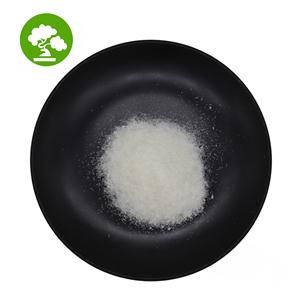
Tranexamic acid NEW
| Price | Get Latest Price |
| Package | 25kg |
| Min. Order: | 1kg |
| Supply Ability: | 2000ton |
| Update Time: | 2024-04-12 |
Product Details
| Product Name: Tranexamic acid | CAS No.: 1197-18-8 |
| EC-No.: 214-818-2 | Min. Order: 1kg |
| Purity: 99% | Supply Ability: 2000ton |
| Release date: 2024/04/12 | |
| Appearance: White crystalline powder |
Pharmacological action
Tranexamic acid, also known as tranexamic acid, chemical name 4-aminomethyl cyclohexanocarboxylic acid, trade name tosemin. tranexamicacid (tranexamicacid) is a synthetic amino acid anti-fibrinolytic drug, which can competitively inhibit the binding of fibrin lysine and fibrinolytic enzyme, thus inhibiting the cleavage of fibrin clots and producing hemostatic effect. It is mainly used for various bleeding caused by hyperfibrinolysis. Tranatemocyclic acid is a synthetic lysine analogue, which can competitively bind the lysine binding sites on plasminogen and plasminase, thereby competitively inhibiting fibrin degradation, reducing fibrinolytic activity, and promoting coagulation. Theoretically, the use of tranexamic acid may lead to insufficient fibrinolytic activity, which may increase the risk of postoperative thrombotic events.
Application
Tranexamic acid, a synthetic derivative of lysine, is an antifibrinolytic drug with hemostatic properties. Tranaminocyclic acid can strongly adsorb lysine-binding sites (LBS) of fibrin affinity sites on plasminase and plasminogen, and inhibit the binding of plasminogen and fibrin, thus strongly inhibiting the fibrin decomposition caused by plasminogen. In addition, the anti-fibrinolytic effect of tranatemic acid was more obvious in the presence of anti-fibrinolytic enzymes such as macroglobulin in serum. It has a bioavailability of 34% and a half-life of 3.1h.
hemostatic
In 2012, the US Army demonstrated that giving tranexamic acid (TXA) to wounded with severe trauma requiring extensive blood transfusions significantly improved survival compared to those with blood transfusions alone. It is mainly used for surgical bleeding caused by hyperfibrinolysis and gynecological surgery bleeding. Because it can penetrate the blood-brain barrier, it is suitable for central nervous system bleeding. Tranexamic acid Tranexamic acid is a class of synthetic drugs that inhibit fibrinolysis and thrombotic degradation. Surgical trauma will lead to the stress response of the body, such as hyperfibrinolysis in the blood, and transitic acid reversibly binds to the lysine site on plasminogen in the blood, preventing the activation of protease and fibrinogen, and ultimately inhibiting the degradation of fibrin
Procoagulant and hemostatic drugs
Tranexamic acid is a derivative of amino-toluic acid, which is an anti-fibrinolytic hemostatic drug. The hemostatic mechanism is the same as amino-caproic acid and amino-toluic acid, but the effect is stronger, the strength is 7-10 times that of amino-caproic acid and twice that of amino-toluic acid, and the toxicity is similar. The structure of tranatemocytic acid is similar to lysine, and it can competitively inhibit the adsorption of plasminogen on fibrin, prevent its activation, protect fibrin from degradation and dissolution by plasminase, and finally achieve hemostatic effect. It is suitable for treating all kinds of bleeding caused by acute or chronic, localized or systemic primary hyperfibrinolysis, such as obstetric hemorrhage, renal hemorrhage, prostatic hypertrophy hemorrhage, hemophilia, pulmonary tuberculosis hemorrhage, stomach hemorrhage, liver, lung, spleen and other internal bleeding after surgery, etc. It can also be used for abnormal bleeding during surgery. Clinically, tranatemocyclic acid has significant effects on insect bite, eczema dermatitis, purpura purpura, chronic urticaria, artificial urticaria, toxic rash and drug rash, and has certain effects on erythroderma, scleroderma, SLE, erythema multiforme, herpes zoster and alopecia areata, and has good effects on hereditary angioedema. The treatment of melasma is generally effective for about 3 weeks, and the effect is obvious for 5 weeks, 60d for a course of treatment. 0.25 ~ 0.5g orally, 3 ~ 4 times a day. In a small number of patients, side effects such as nausea, fatigue, itching, abdominal discomfort and diarrhea can occur, and the symptoms disappear after stopping the drug.
Adverse reactions and precautions
The adverse effects of taking tranexamic acid are less than that of aminocaproic acid. Symptoms such as headache, dizziness, nausea, diarrhea, vomiting, chest tightness, drowsiness and so on May appear, which can gradually disappear after stopping the drug. Occasionally, intracranial thrombosis and bleeding caused by drug overdose, and less frequently, menstrual discomfort (caused by blood clotting during menstruation). Because this product can enter the cerebrospinal fluid, there may be blurred vision, headache, dizziness, fatigue and other central nervous system symptoms after injection, especially related to the injection speed, but it is rare. Those who must continue to use this product for a longer period of time should be monitored by eye examination (e.g. vision test, vision, visual field and fundus). It should be used with caution if there is a tendency of thrombosis (such as acute myocardial infarction). Patients with renal insufficiency and postoperative hematuria should be treated with caution. For secondary hyperfibrinolysis due to diffuse intravascular coagulation, this product should be used with caution before heparinization. If it is combined with other clotting factors (such as factor IX), thrombosis should be vigilant. Tranexamic acid is incompatibilities with thrombolytic agents such as penicillin or urokinase. Oral contraceptives, estrogens, or prothrombin complex concentrates used in combination with this product may increase the risk of thrombosis.
Storage Condition | Keep in a cool and dry place |
Transportation | By Sea or by Air(DHL/UPS/TNT/FEDEX/EMS) |
Delivery Time | 7-28 days |
Payment | T/T, Western Union or Bitcoin |
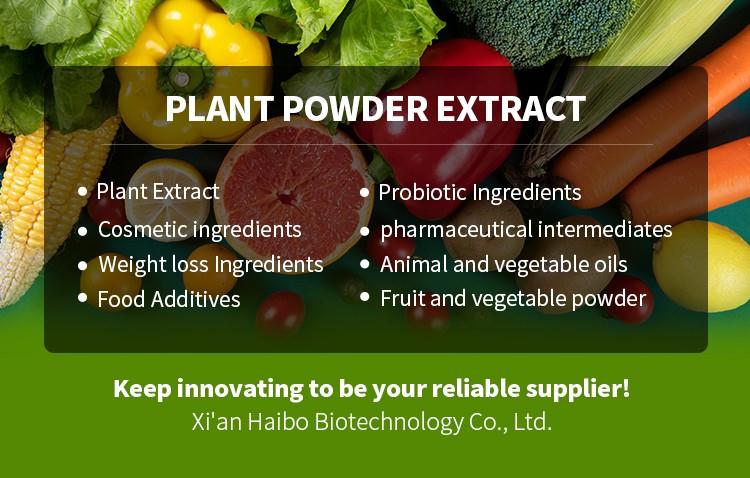
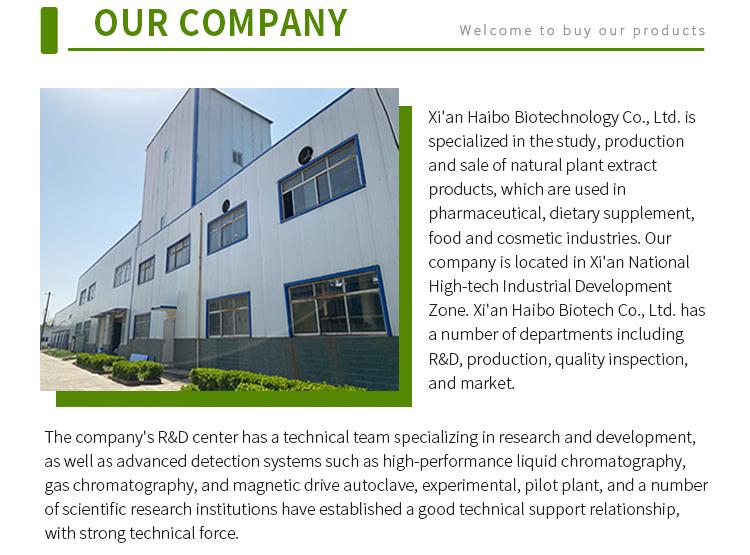
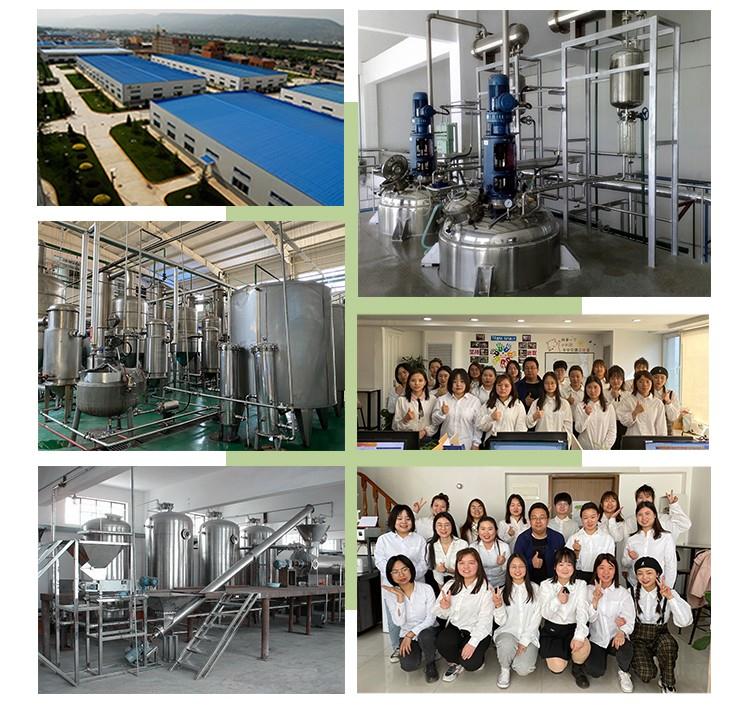
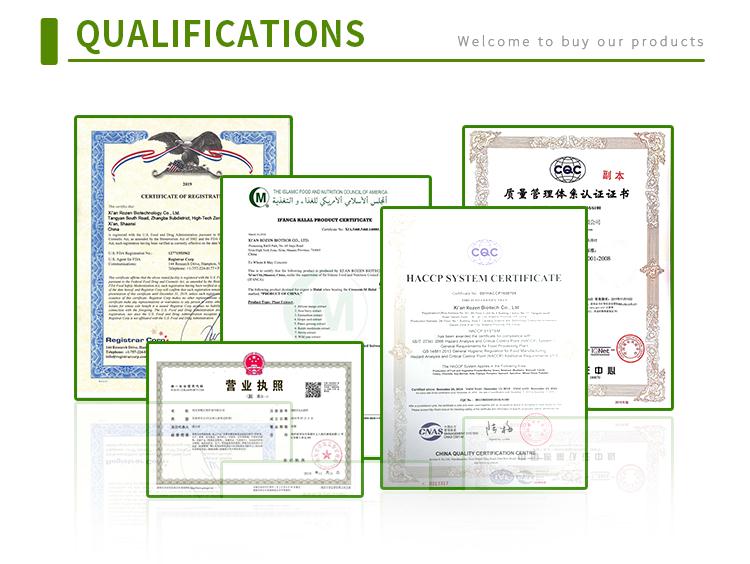
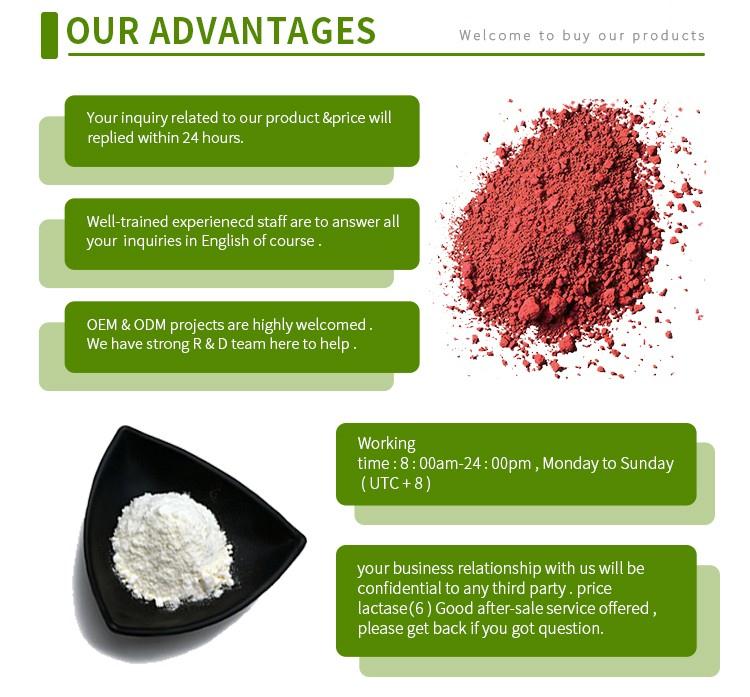
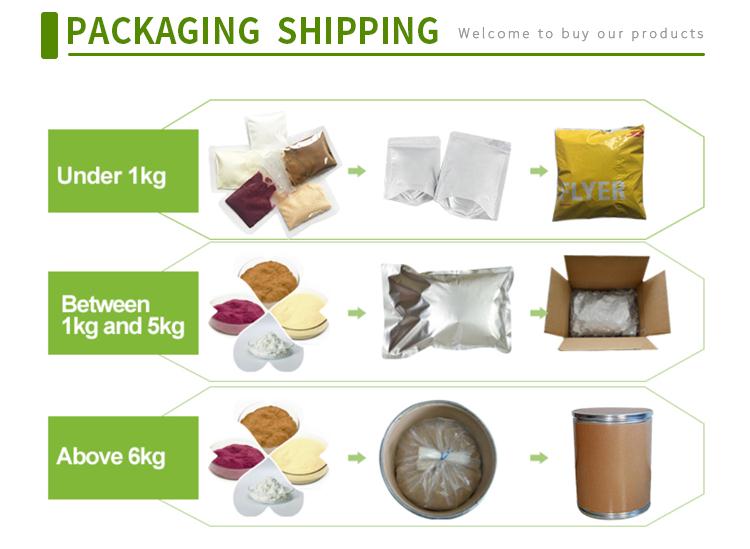
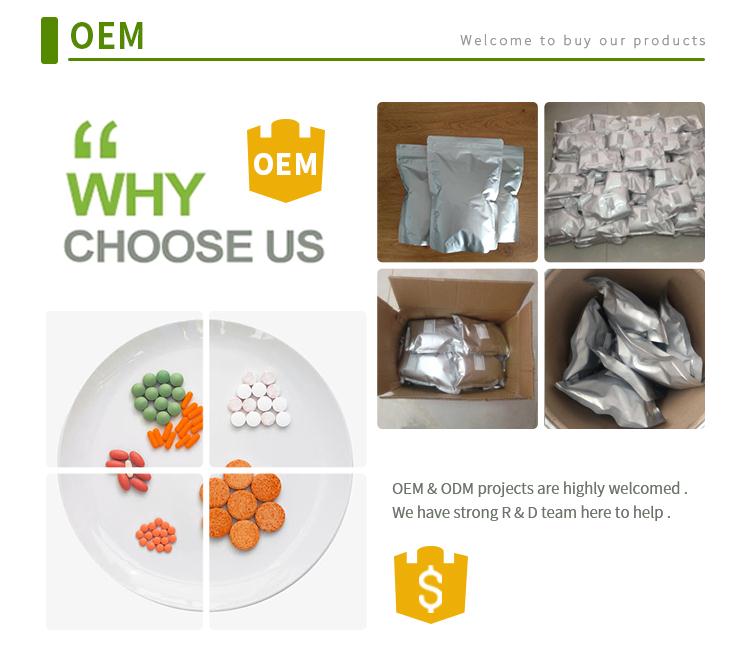
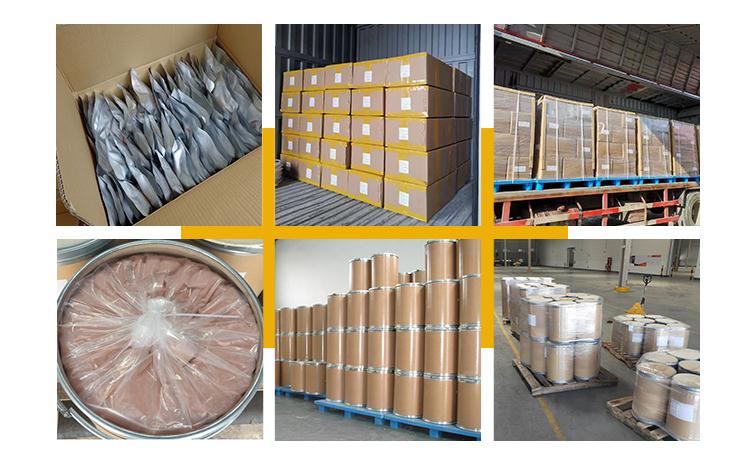


Company Profile Introduction
You may like
Recommended supplier
| Product name | Price | Suppliers | Update time | |
|---|---|---|---|---|
| $1.00/25KG |
VIP1Y
|
Hubei Chuchang Biotech Co., Ltd.
|
2025-01-06 | |
| $0.00/1KG |
VIP6Y
|
Hebei Weibang Biotechnology Co., Ltd
|
2024-12-16 | |
| $100.00/1000kg |
VIP1Y
|
Yujiang Chemical (Shandong) Co.,Ltd.
|
2024-12-13 | |
| $48.00/5g |
VIP1Y
|
TargetMol Chemicals Inc.
|
2024-11-19 | |
| $0.00/1g |
VIP1Y
|
BEIJING SJAR TECHNOLOGY DEVELOPMENT CO., LTD.
|
2024-11-15 | |
| $0.00/25kg |
VIP1Y
|
HUARONG(GUANGDONG) PHARMACEUTICAL CO.,LTD
|
2024-11-12 | |
| $1.00/1kg |
VIP2Y
|
Jinan Million Pharmaceutical Co., Ltd
|
2024-09-10 | |
| $60.00/1kg |
VIP1Y
|
Aurora Industry Co., Ltd.
|
2024-09-09 | |
| $5.00/1kg |
VIP4Y
|
Hebei Chuanghai Biotechnology Co,.LTD
|
2024-08-21 | |
| $100.00/50kg |
VIP1Y
|
HEBEI SHENGSUAN CHEMICAL INDUSTRY CO.,LTD
|
2024-08-13 |
- Since: 2020-08-05
- Address: 804, Unit 2, Building 4, i City, No. 11, South Tangyan Road, High-tech Zone, Xi 'an, Shaanxi



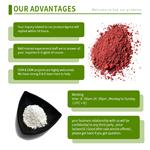
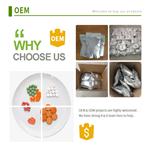
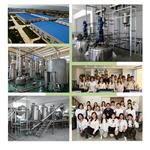

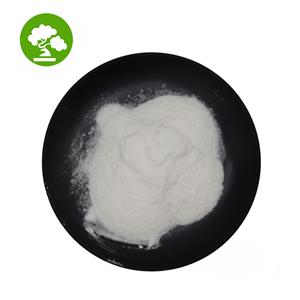
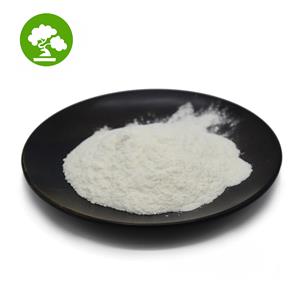
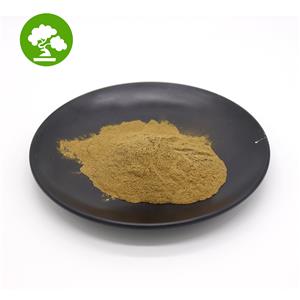

 China
China